Jintangka marlpa jungu nyinanjaku: What is bilingual education?
Aboriginal and Torres Strait Islander people have always been multilingual, using more than one language to communicate with different groups for different purposes and contexts. Words, phrases, and concepts from various languages are used in ways that interact and overlap as part of a language repertoire.
Bilingual Education (BE) is an approach to curriculum, teaching, learning and assessment that uses multiple languages to teach subject areas, such as Maths, Science, History or Geography, rather than only learning language/s as a subject.
Bilingual Education has a strong academic evidence base and has been used with success in many education systems worldwide, including in First Nations contexts in Australia. In BE, students may use their first language to learn new knowledge, skills and understandings while learning Standard Australian English. Bilingual education is enacted in different ways to suit the contexts of the languages and other subjects being taught.
Our new report, Jintangka marlpa jungu nyinanjaku, provides discussion and guidance around bilingual education in Aboriginal and Torres Strait Islander contexts looking at:
• How bilingual education works
• Developing a bilingual curriculum program
• Literacy/Biliteracy
• Localised curriculum resources
• Teaching and learning in bilingual education
• Developing the teaching team for a bilingual school.

